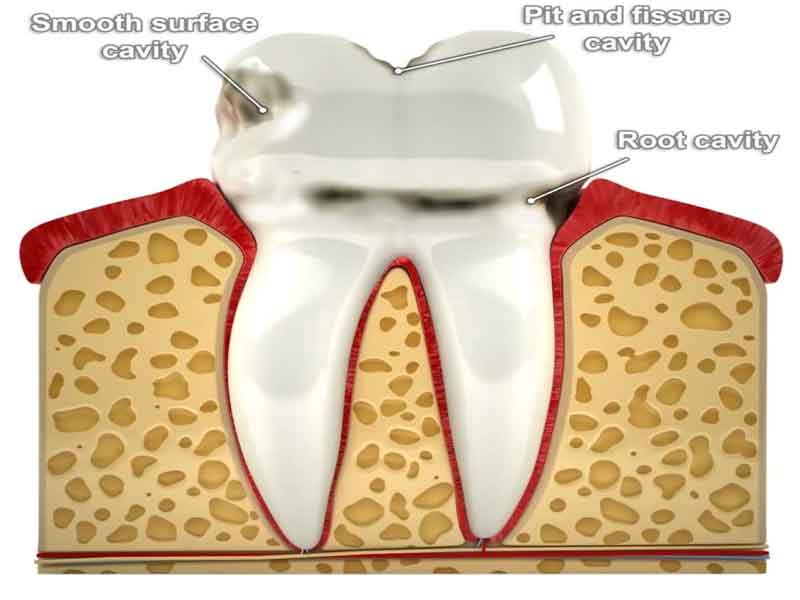Unraveling the Enigma: A Journey Through the History of Cavities

Cavities, those tiny, often painful craters in our teeth, have been a constant companion throughout human history. As common as they are today, the story of cavities is an intriguing voyage through time, revealing the evolution of dental health practices and the impact of our changing lifestyles.
Ancient Teeth Troubles: The history of cavities dates back thousands of years. Archaeological evidence suggests that our ancestors, despite their vastly different diets and lifestyles, also contended with dental decay. The scarcity of refined sugars in ancient diets may have contributed to a lower prevalence of cavities compared to modern times, but dental issues were far from unheard of.
The Sweet Revolution: As civilizations evolved, so did our diets. The introduction of agriculture and, later, the refining of sugar marked a turning point in the history of cavities. The increased consumption of sugary foods and refined carbohydrates provided the perfect breeding ground for the bacteria that lead to tooth decay. With the Industrial Revolution and the widespread availability of processed foods, cavities became even more prevalent.
From Scrubbing Sticks to Toothpaste: Throughout history, various cultures developed methods to combat dental issues. Ancient Egyptians are believed to have used frayed twigs as toothbrushes, while the Greeks and Romans concocted early toothpaste formulations. Despite these efforts, dental hygiene practices remained rudimentary for centuries.
Fluoride and the Modern Era: The 20th century marked a significant shift in the battle against cavities with the discovery of the oral health benefits of fluoride. Water fluoridation programs began, leading to a substantial decline in cavity rates. Additionally, advancements in dentistry, including the development of fluoride toothpaste and improved dental treatments, contributed to better oral health for many.
The Rise of Preventive Dentistry: Today, the emphasis on preventive dentistry is at the forefront of cavity management. Regular dental check-ups, fluoride treatments, and improved oral hygiene practices form the cornerstone of cavity prevention. Innovative approaches such as dental sealants and advancements in restorative dentistry continue to shape the landscape of cavity care.
Looking Ahead: The history of cavities is not just a journey through the past but also a roadmap for the future of oral health. As science and technology continue to advance, so too will our understanding of cavities and their prevention. The story of cavities is a reminder of the intricate relationship between our oral health and the changing dynamics of human civilization.
In conclusion, cavities have been an unwelcome companion throughout the ages, reflecting the intricate dance between diet, lifestyle, and oral hygiene practices. Understanding the history of cavities not only sheds light on the challenges our ancestors faced but also highlights the progress we’ve made in combating this age-old dental foe.
